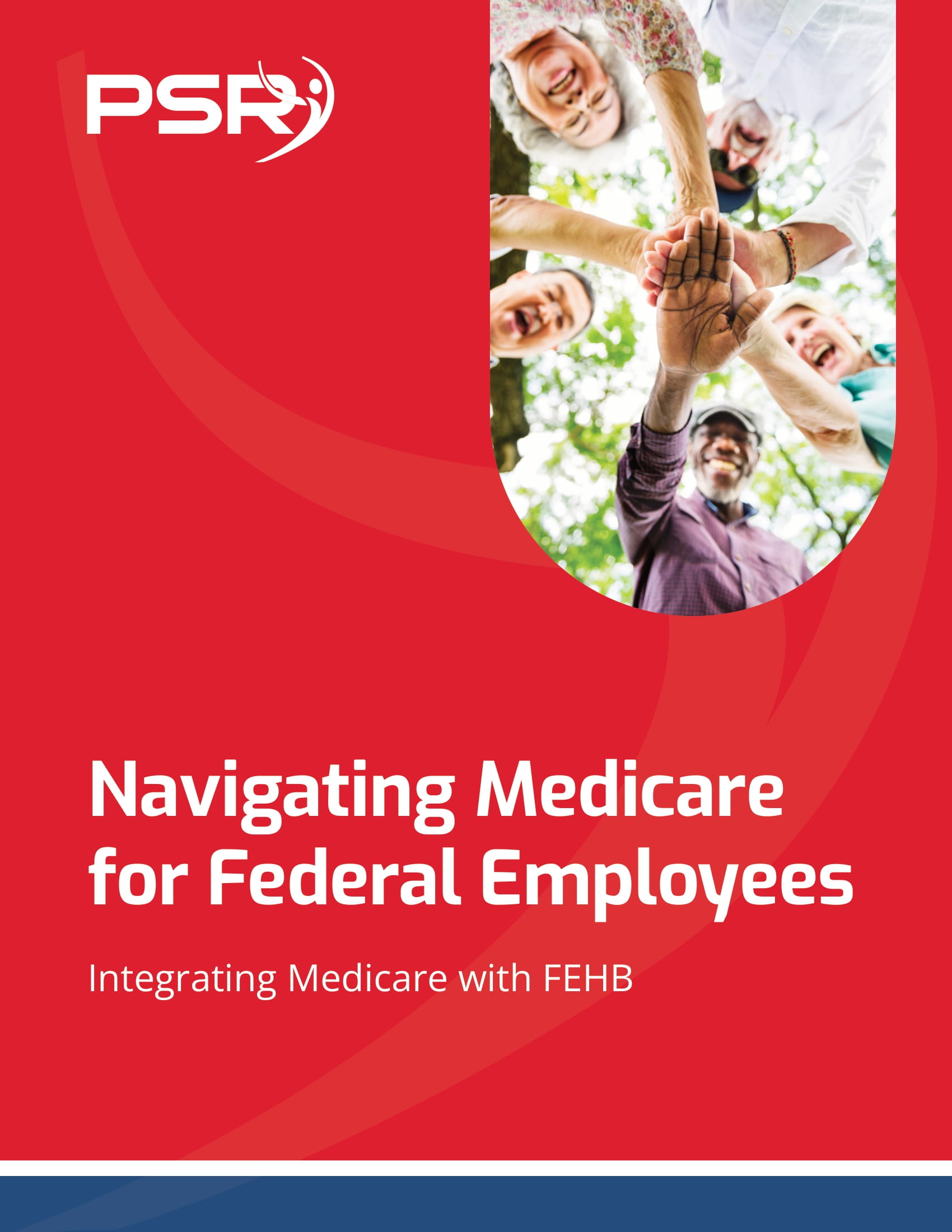Key Takeaways
- Integrating FERS and Social Security can maximize your retirement income, but timing and strategy are key to getting the most out of both benefits.
- A thorough understanding of how FERS and Social Security work together will help you secure a more comfortable and confident retirement, especially when it comes to ensuring consistent income streams.
FERS, Social Security, and You: How to Piece Together a Comfortable Retirement with Confidence
- Also Read: Blending Private and Public Sector Retirement Plans Is Complicated—Here’s Where Couples Get It Wrong
- Also Read: The Silent Shift in Postal Service Retirement Benefits That Could Change Everything by 2026
- Also Read: The Side of Civilian Military Employment Benefits Nobody Mentions Until After You Retire
How FERS and Social Security Work Together
FERS is the primary retirement plan for federal employees, and it’s designed to work in harmony with Social Security and the Thrift Savings Plan (TSP). While the TSP is a powerful tool for retirement savings, this article focuses on how to make the most of FERS and Social Security.
Under FERS, employees contribute to Social Security like any other U.S. worker, with 6.2% of their salary going toward the Social Security tax. Upon reaching eligibility, usually at age 62, federal retirees can start drawing from both their FERS pension and Social Security. However, understanding how to synchronize these two benefits is crucial to optimizing your retirement.
The key to ensuring these benefits work in your favor lies in how you manage the timing of your Social Security claim and FERS pension. Claiming Social Security at age 62 means accepting a reduced benefit, while delaying benefits up to age 70 results in higher monthly payouts. Weighing this choice against your FERS pension income and overall financial needs is essential to building a sustainable retirement.
Decoding the FERS Pension
The FERS pension is calculated based on a combination of your length of federal service, your “high-3” salary (the highest average salary you earned during any three consecutive years), and a multiplier. For most employees, this multiplier is 1%, but for those who work past age 62 with at least 20 years of service, the multiplier increases to 1.1%.
The FERS pension is designed to replace a portion of your pre-retirement income, but it is not meant to be your sole source of retirement funds. This is why understanding how to combine your FERS pension with Social Security is so important. For many, the FERS pension will provide a steady, reliable income stream, but it may not be enough to cover all of your retirement needs.
The benefit of the FERS system is its flexibility. If you retire early, you can receive a reduced pension under the MRA+10 rule (Minimum Retirement Age + 10 years of service). However, your pension will be smaller if you retire before age 62. It’s important to consider this reduction in light of when you plan to claim Social Security benefits to ensure that your retirement income is sufficient to meet your needs.
Strategically Claiming Social Security
Social Security provides a critical component to your overall retirement income, but when to claim those benefits can significantly impact the amount you receive. You can begin claiming Social Security as early as age 62, but if you do, your monthly benefit will be permanently reduced by up to 30%, depending on your Full Retirement Age (FRA). For FERS employees, the FRA is typically between 66 and 67, depending on the year you were born.
If you delay claiming Social Security past your FRA, your benefit will increase by 8% for every year you wait, up until age 70. For those who can afford to wait, this delay can significantly enhance your financial security in retirement.
When deciding when to claim Social Security, consider how it fits with your FERS pension and other sources of income, such as personal savings or TSP withdrawals. For instance, you might choose to retire at age 62 and live off your FERS pension and TSP savings while delaying Social Security until age 67 or 70. This can help maximize your Social Security benefits while providing enough income during the early years of retirement.
FERS Special Retirement Supplement (SRS)
For federal employees who retire before becoming eligible for Social Security, the FERS Special Retirement Supplement (SRS) can act as a bridge. This supplement is designed to mimic the Social Security benefits you would receive based on your federal service and is available until you turn 62.
The FERS SRS can be particularly useful if you retire early but still want to maintain a steady income stream before claiming Social Security. However, it’s important to note that the SRS will be reduced or eliminated if you continue working after retirement and earn above a certain threshold. For 2024, this earnings limit is $22,320. Any income earned above this amount will reduce your SRS by $1 for every $2 over the limit.
Creating a Confident Retirement Strategy
The ultimate goal of understanding how FERS and Social Security work together is to create a retirement strategy that ensures you have enough income throughout your retirement years. To do this, you need to think about:
- When you plan to retire: Retiring early may reduce your FERS pension and Social Security benefits, but it could also allow you to enjoy more of your retirement while you’re still relatively young.
- When to claim Social Security: Claiming Social Security as early as age 62 may be tempting, but doing so can result in a permanently reduced benefit. If possible, delaying Social Security until age 67 or even 70 could significantly increase your monthly income.
- Your overall financial picture: Consider all your retirement income sources, including your FERS pension, Social Security, TSP, and personal savings. The more diverse your income streams, the more flexibility you’ll have in retirement.
Building a Secure Retirement with FERS and Social Security
With proper planning, FERS and Social Security can provide a solid foundation for a comfortable retirement. However, understanding the nuances of when to retire, when to claim Social Security, and how to manage your FERS pension are all crucial to maximizing your benefits. By piecing together these components with confidence, you can enjoy a retirement that is both financially stable and fulfilling.












